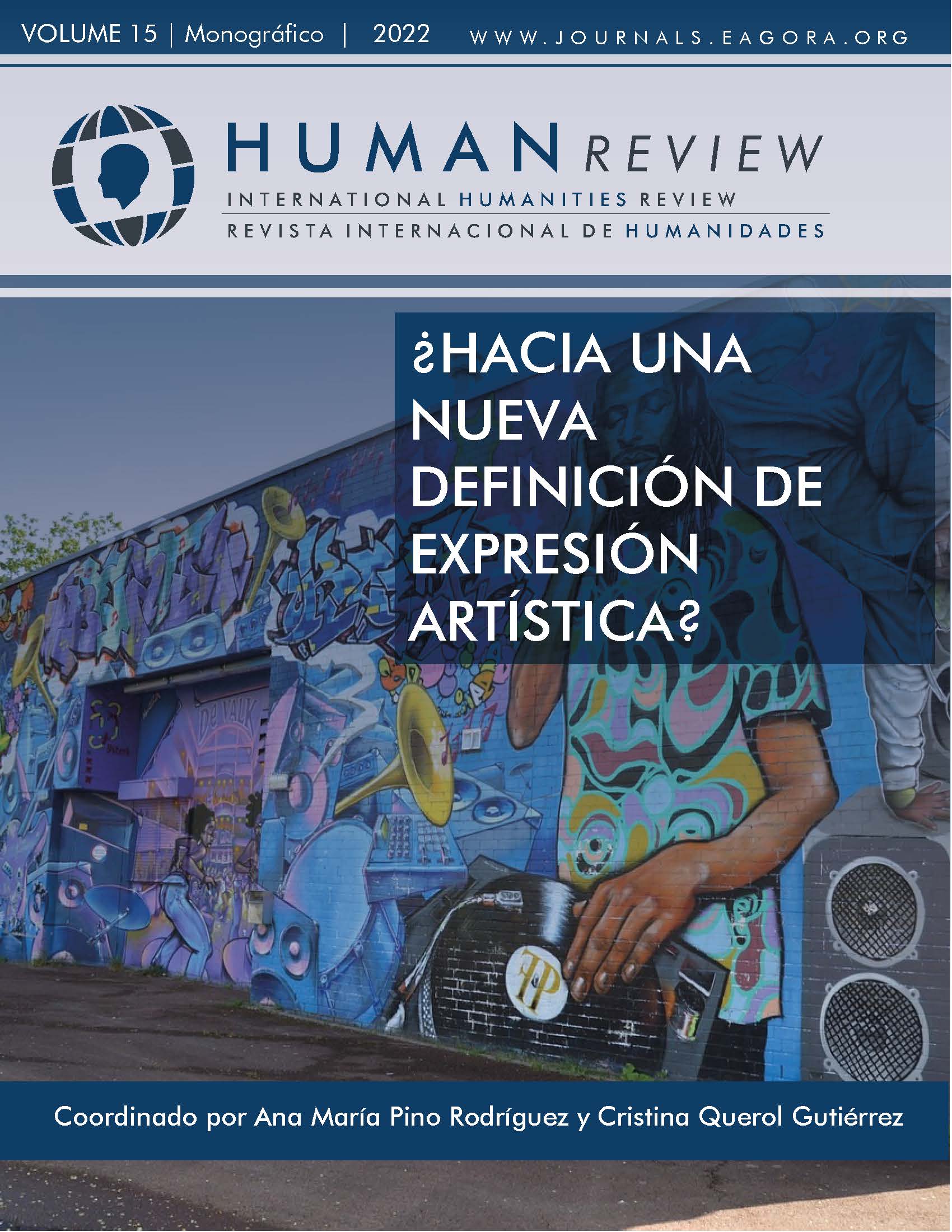Singing in the Nineteenth Century: Technical Innovations in Spanish Treatises
DOI:
https://doi.org/10.37467/revhuman.v11.4348Keywords:
Singing, Vocal technique, Nineteenth Century, Vocal music, Singing treatises, Opera, Music in SpainAbstract
In the 19th century, European doctors developed scientific studies on vocal technique and its artistic application. Singing professionals and amateurs wanted to learn about these new resources and discoveries on phonation, breathing and the latest interpretative trends. The aim of this research is to document through a descriptive methodology the main innovations in vocal technique presented in five Spanish singing treatises published in the second half of the 19th century. The incorporation of these advances had a direct influence on the teaching of singing.
References
Blasco y Compans, J. (ca. 1885). Escuela práctica para la emisión de la voz. Antonio Romero.
Castro, J. (1856). Núevo método de canto teórico-práctico dividido en dos secciones. La 1ª concerniente al canto sostenido y la 2ª al canto de agilidad. Almacenes de música de Carrafa, Casimiro Martín, Romero, Martín Salazar y Maiquez.
Cordero y Fernández, A. (1858). Escuela completa de canto en todos sus géneros y principalmente en el dramático español e italiano. Imprenta de Beltrán y Viñas.
Dimon, T. (2018). Anatomy of the voice. An Illstrated Guide for Singers, Vocal Coaches, and Speech Therapists. North Atlantic Books.
García Tapia, A. (1905). Manuel García, su influencia en la laringología y en el arte del canto. Imprenta y Librería Nicolás Moya.
Instrucciones para el buen desempeño de las enseñanzas para el régimen y disciplina del Real Conservatorio de Música y Declamación. Imprenta de J. M. Ducazcal, 1861.
Jiménez, J. (1862). Breve tratado de mímica aplicada al canto. Imprenta de Luís Beltrán.
Miller, R. (2011). On the Art of Singing. Oxford University Press.
DOI:10.1093/acprof:osobl/9780195098259.001.0001
Mitjana, R. (1993). La música en España (Arte religioso y arte profano). A. Álvarez Cañibano (Ed.). Centro de Documentación Musical.
Montes, B. (1997). La influencia de Francia e Italia en el Real Conservatorio de Madrid. Revista de Musicología, XX(1-2), 467-478.
https://www.jstor.org/stable/20797433
Morales-Villar, M.C. (2008). Los tratados de canto en España durante el siglo XIX: Técnica vocal e interpretación de la música lírica. [Tesis Doctoral]. Universidad de Granada. https://digibug.ugr.es/handle/10481/2044
Morales-Villar & Comino-Crespo (2020). La higiene vocal del cantante lírico: el nacimiento de un género en la literatura científica en España (1886-1993). En L. F. Solano Santos, J. V. Salido López & Cruz Cruz, P. (Coord.), Análisis y enfoques novedosos para contenidos culturales (pp. 307-334). Tirant Lo Blanch.
Ms. Legajo 14-78 (s.f). Archivo de la Biblioteca del Real Conservatorio Superior de Música de Madrid.
Pedrell, F. (1894). Diccionario Técnico de la Música (2ª ed.). Isidro Torres Oriol.
Poriss, H. (2015). Divas and Divos. En H. M. Greenwald (Ed.), The Oxford Handbook of Opera (pp. 1-23). Oxford University Press.
Reid, C. L. (1995). A Dictionary of Vocal Terminology. An Analysis. Recital Publications.
Sopeña Ibáñez, F. (1967). Historia crítica del Conservatorio de Madrid. Ministerio de Educación y Ciencia.
Yela de la Torre, E. (1872). La voz. Su mecanismo, sus fenómenos y su educación según los principios de la física, la antomía y la fisiología. R. Vicente.
Downloads
Published
How to Cite
Issue
Section
License
Those authors who publish in this journal accept the following terms:
- Authors will keep the moral right of the work and they will transfer the commercial rights.
- After 1 year from publication, the work shall thereafter be open access online on our website, but will retain copyright.
- In the event that the authors wish to assign an Creative Commons (CC) license, they may request it by writing to publishing@eagora.org









